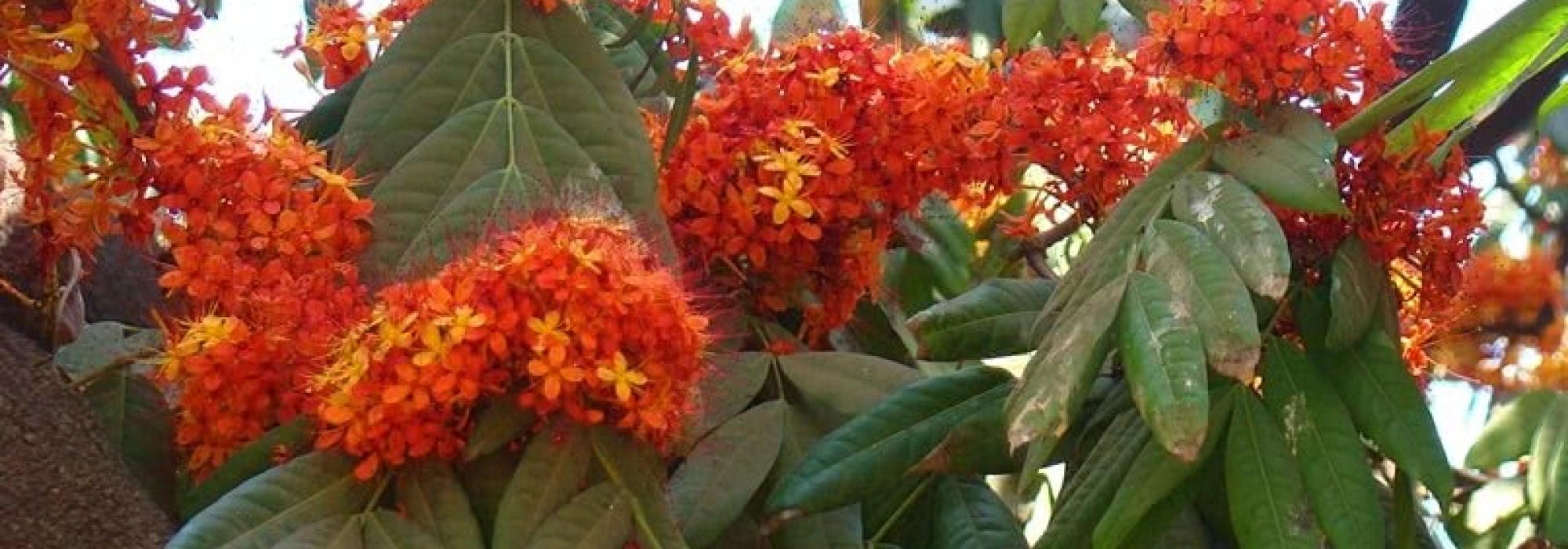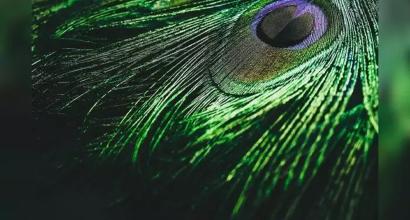The poet has clearly indicated the difference between the personalities of the queen on the one hand and Urvaśī on the other; their names are suggestive of the difference in their nature – the queen is called Auśīnarī and the apsarā is Urvaśī. The poet has compared Urvaśī to Gaṅgā and lightning, while he says Auśīnarī is like a river flowing in the rainy season and is like the wick of a lamp. The following is the description of the queen who performs the vrata –
sitāṃśukā maṅgala-mātra-bhūṣaṇā
pavitra-dūrvāṅkura-lāñchitālakā|
vratāpadeśojjhita-garva-vṛttinā
mayi prasannā vapuṣaiva lakṣyate|| (Act 3, verse 12)
In summary, Auśīnarī is a sāttvic person and is like a noblewoman belonging to the house of vedic scholars. In contrast with this, look at the description of Urvaśī –
asyāḥ sarga-vidhau prajāpatirabhūccandro nu kānta-prabhaḥ
śṛṅgāraika-nidhiḥ svayaṃ nu madano māso nu puṣpākāraḥ |
vedābhyāsa-jaḍaḥ kathaṃ nu viṣaya-vyāvṛtta-kautūhalo
nirmātuṃ prabhaven-manoharam-idaṃ rūpaṃ purāṇo muniḥ || 1.10
ābharaṇasyābharaṇaṃ prasādhanavidheḥ prasādhana-viśeṣaḥ|
upamānasyāpi sakhe pratyupamānaṃ vapustasyāḥ|| 2.3
The description of Urvaśī’s fainting is beautiful too –
āvirbhūte śaśini tamasā ricyamāneva rātriḥ
naiśasyācirhuta-bhuja iva cchinnabhūyiṣṭadhūmā |
mohenāntarvara-tanuriyaṃ lakṣyate mucyamānā
gaṅgā rodhaḥ-patana-kaluṣā gacchatīva prasādam || 1.9
Kālidāsa has exhibited similar proficiency in describing nature as well. The following is the description of the pramada-vana – love garden in the Spring season
agre strī-nakha-pāṭalaṃ kurabakaṃ śyāmaṃ dvayorbhāgayoḥ
bālāśokam-upoḍha-rāga-subhagaṃ bhedonmukhaṃ tiṣṭhati|
īśad-baddha-rajaḥ-kaṇāgra-kapiśā cūte navā mañjarī
mugdhatvasya ca yauvanasya ca sakhe madhye madhuśrīḥ sthitā|| 2.7
The poet has captured the state of the Spring season which is between childhood and youth, i.e., it is in the intermittent stage. He has strung together flowers and sprouts of different colours and filled them with life – they are looking towards the blossoming of youth.
The following is the description of Urvaśī, who had turned into a creeper –
tanvī megha-jalārdra-pallavatayā dhautādharevāśrubhiḥ
śūnyevābharaṇaiḥ sva-kāla-virahād-viśrānta-puṣpodgamā |
cintā maunam-ivāśritā madhu-kṛtāṃ śabdairvinā lakṣyate
caṇḍī mām-avadhūya pāda-patitaṃ jātānutāpeva sā || 4.66
When Urvaśī asks him the way that leads to the Pratiṣṭhānapura, Purūrava says the following –
acira-prabhāvilasitaiḥ patākinā
sura-kārmukābhinava-citra-śobhinā|
gamitena khela-gamane vimānatāṃ
naya māṃ navena vasatiṃ payomucāḥ|| 4.73
These verses narrate Purūrava’s heart in various instances. They are rich with emotions and apt, adding to holistic relish.
The following are segments of verses of the Vikramorvaśīyam, which are often quoted by writers and spears
- ekaṃ kṛti śarīre'smin śeṣam-aṅgaṃ bhuvobharaḥ (3.11)
- nirvāṇāya tarucchāyā taptasya hi viśeṣataḥ (3.21)
To be continued ...
The current series of articles is an enlarged adaption of Prof. A. R. Krishnasastri's Kannada treatise Saṃskṛta-nāṭaka. They are presented along with additional information and footnotes by Arjun Bharadwaj.











































